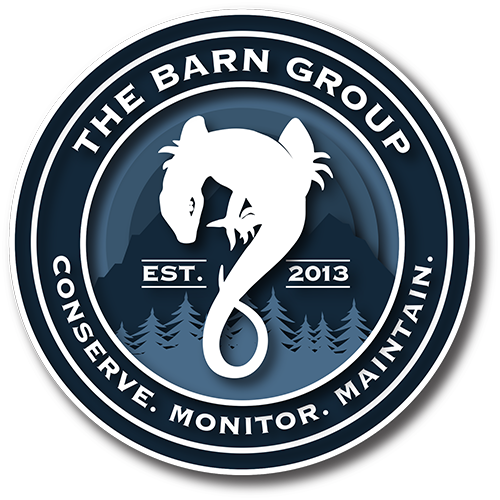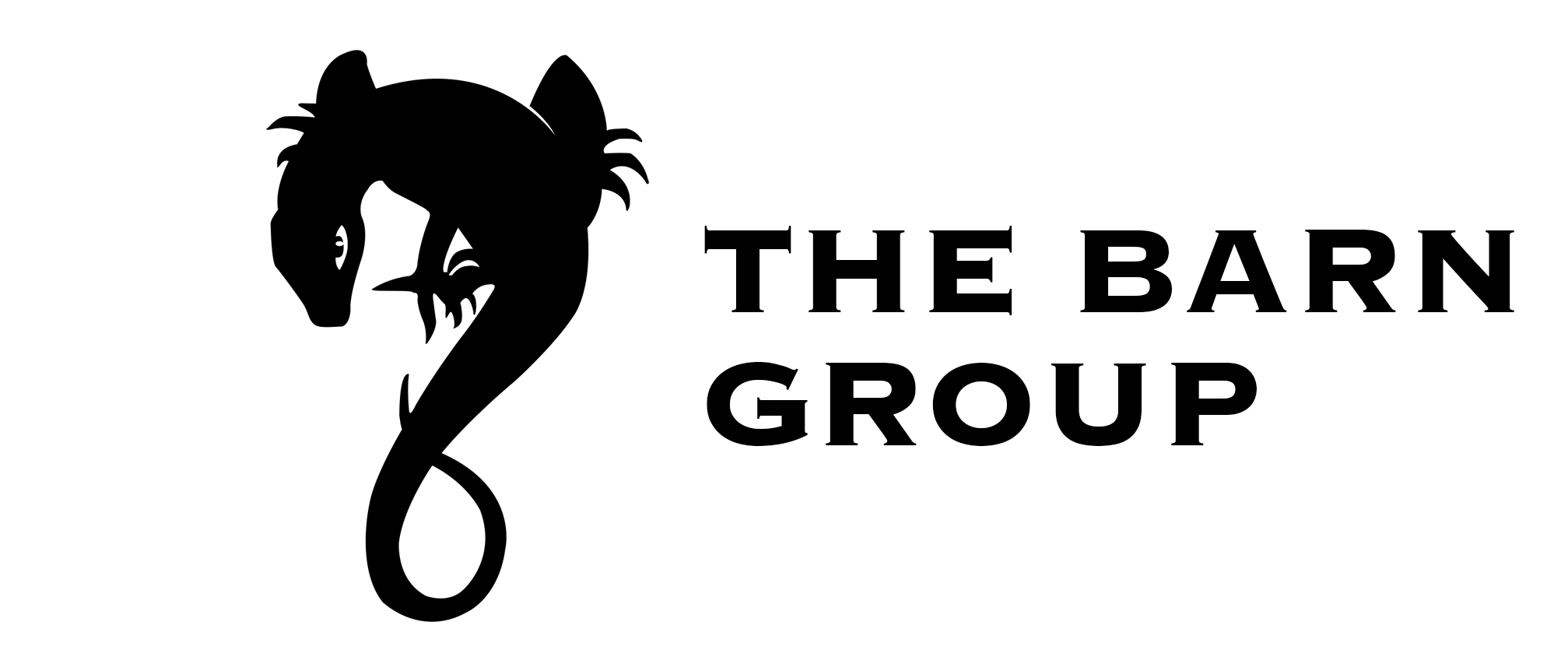Easements
WHAT IS A CONSERVATION EASEMENT?
One of the traditional tools for conserving private land is a conservation easement. A conservation easement is a voluntary agreement between a landowner and a qualified land trust, conservation group or government agency regarding the future uses of private property. The conservation easement is recorded and becomes part of the deed to the property.
We tailor our conservation easements to fit a landowner’s individual situation, and the terms of the easement are established only after detailed discussions between the landowner and The Barn Group (TBG) take place. Landowners continue to have complete control over public access to their property after the completion of a conservation easement. It allows landowners to continue to own and use their land, and they can also sell it or pass it on to heirs.
The donation of a conservation easement to TBG may significantly reduce federal and state income, and estate and inheritance taxes.
When land is donated and put into a conservation easement to a qualified land trust, some of the rights associated with the land are given up. For example, you might give up the right to harvest natural resources, while retaining the right to graze livestock. All future owners also will be bound by the easement’s terms.
WHAT TO KNOW ABOUT CONSERVATION EASEMENTS…
Conservation easements work best when landowners want to continue to own and manage their property — the easement becomes part of the property title in perpetuity and the Land Trust ensures that the terms of the easement are honored by current and future owners.
Under a conservation easement, the property can be sold, leased or kept in agricultural production and bequeathed to heirs. In many cases, the rights to subdivide and develop a property are limited or extinguished by a conservation easement, as are other potentially harmful rights, such as the right to conduct large-scale mining.
The landowner continues to own the land that is subject to the conservation easement, while the Land Trust is charged with monitoring the property to make sure its resources are being protected and that the terms of the easement aren’t being violated.
Conservation easements can be tailored to protect important wildlife habitat, scenic vistas, agricultural land, and a land’s rural character, while also allowing the landowner to continue working the land. Generally, conservation easements do not allow public access to the property unless specifically permitted by the landowner.
WHAT TYPE OF PROPERTY IS APPROPRIATE FOR PROTECTION WITH THE BARN GROUP LAND TRUST CONSERVATION EASEMENT?
Each property is evaluated by a qualified TBG staff member individually. The property is investigated for its resources and qualities, this is called a Baseline Document Report (BDR).
Based on the BDR for the property, sometimes one factor alone is enough to merit protection, other times several factors combine to make the property important to conserve. Generally speaking, any property is a good candidate for protection with TBG conservation easement if it meets the following guidelines:
- Conservation of the property is consistent with the mission of TBG.
- Conservation of the property clearly provides a significant public benefit in one or more of the following categories: ecological, cultural/historical,educational, scenic/open space, and recreational.
- The land is of sufficient size that its conservation resources are likely to remain intact, even if adjacent properties are developed.
- The land contains resources unique to and characteristic of the watershed and meets other criteria in our environmental assessment checklist.
TYPES OF EASEMENTS
DONATED CONSERVATION EASEMENTS
When the landowner donates the purchase price of the conservation easement for significant tax benefits.
FUNDED CONSERVATION EASEMENTS
When the purchase price of the conservation easement is paid for by one or more funding organizations, groups or agencies This still offers tax benefits to the landowner.
MITIGATION EASEMENTS
These help the offset expected adverse impacts of development on loss of farmland, habitat or riparian areas. Paid for by the developer or mitigating group.

CONTACT
THE BARN GROUP
1015 TYRONE ROAD STE 520
TYRONE, GEORGIA 30290
Phone: (678) 588-6050
Email: info@thebarngroup.org
